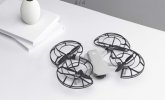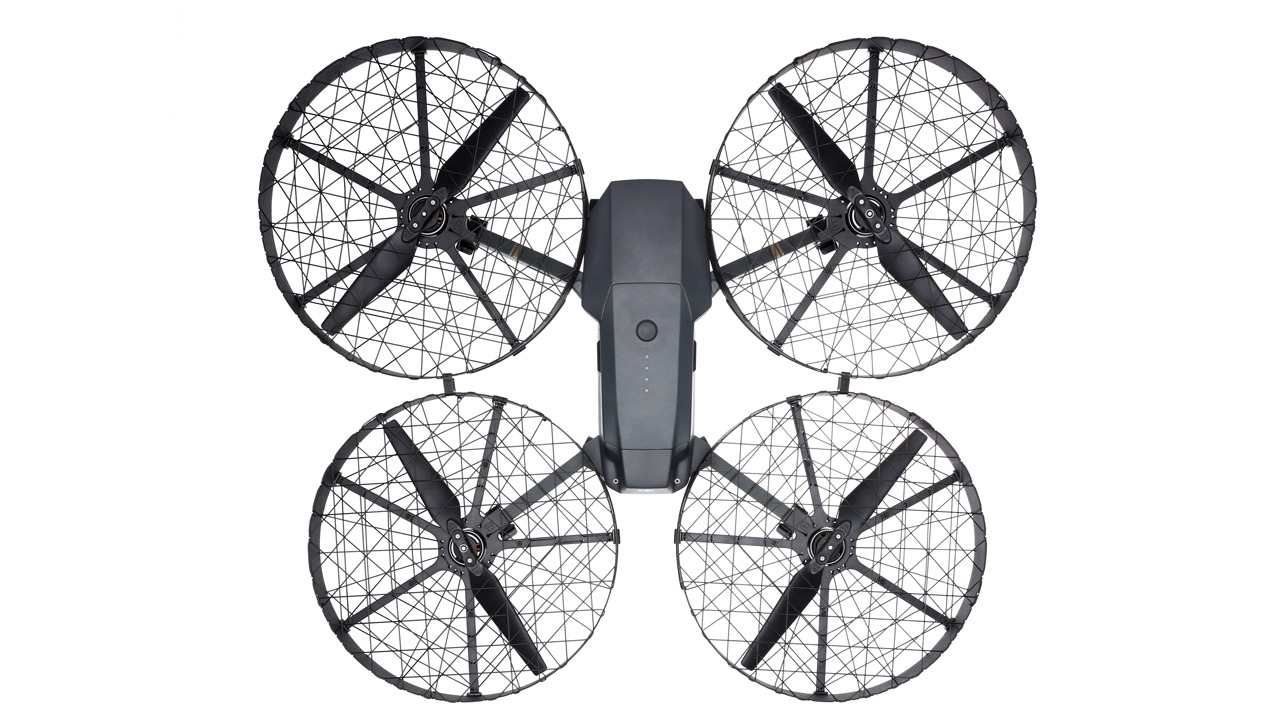D
Deleted member 93449
Guest
My understanding is you can fly IN the park but not over people. I don't believe the U.S. regulations are as specific as they are in other countries. In some place you have to remain a specific distance from people.Thanks. And to further clarify, flying over people means the drone can not fly above any human at any altitude for any period of time? I'm studying for the part 107 exam currently and this is still a grey area for me.
For example, if I took my Mavic Air 2 to the park and was shooting some footage of the surrounding area, could I pass over the park at an altitude of 200' if there are people at the park? Or the park must be empty in order for me to legally fly over?











